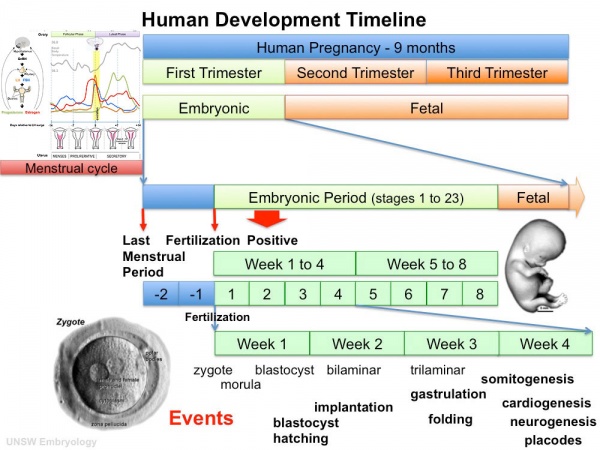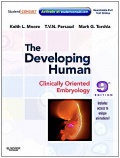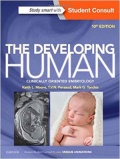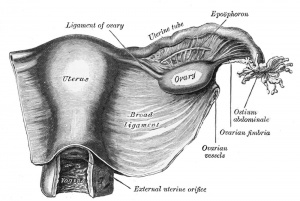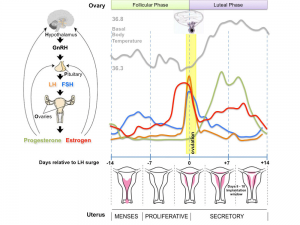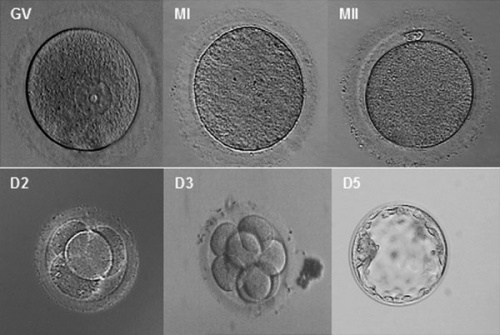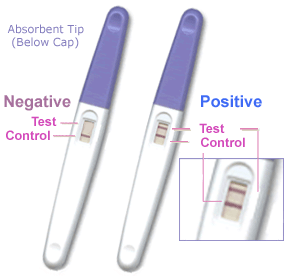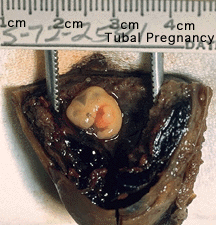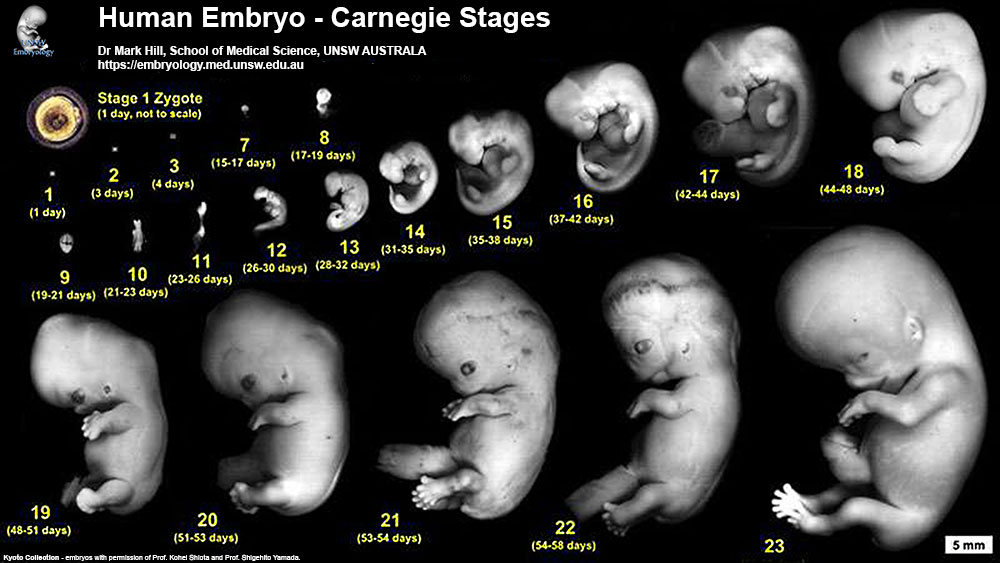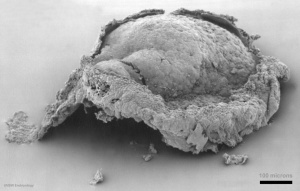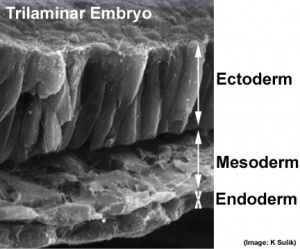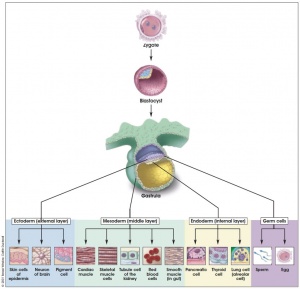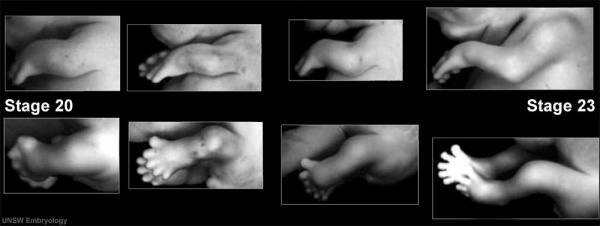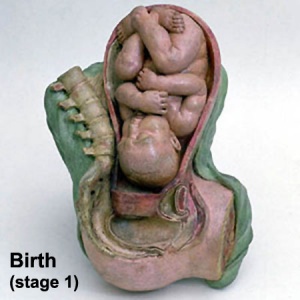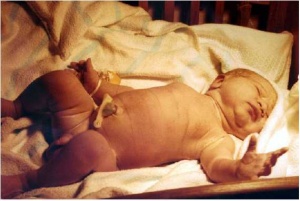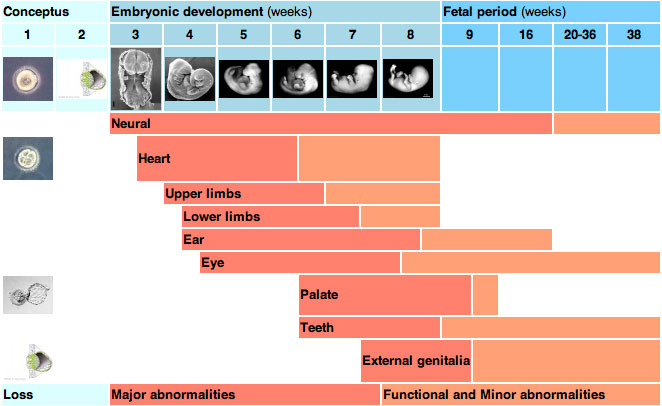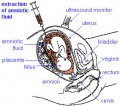Pre-Medicine Program - Embryology
| Embryology - 27 Apr 2024 |
|---|
| Google Translate - select your language from the list shown below (this will open a new external page) |
|
العربية | català | 中文 | 中國傳統的 | français | Deutsche | עִברִית | हिंदी | bahasa Indonesia | italiano | 日本語 | 한국어 | မြန်မာ | Pilipino | Polskie | português | ਪੰਜਾਬੀ ਦੇ | Română | русский | Español | Swahili | Svensk | ไทย | Türkçe | اردو | ייִדיש | Tiếng Việt These external translations are automated and may not be accurate. (More? About Translations) |
Introduction
Human development is one of the most exciting topics to study not only as a medical student, but also for our fundamental understanding of the human body.
This lecture and associated practical are very similar to the type of content that will be covered in the initial Foundations component of the UNSW Medicine program. This will then be expanded upon in Phase 1 BGDA (developmental timeline) and BGDB (specific systems) as well as Phase 2 BGD (clinical embryology and teratology). This lecture is going to take you briefly through key concepts in human development. I will be using simplified terms in the lecture slides (with developmental term in brackets).

Australian trends diabetes prevalence 1990-2008 |
Maternal diabetes, either pre-gestational or the gestational diabetes form can have major impacts upon not only the developing embryo and fetus, but also maternal health. For example, one impact can be damaging upon the developing pancreas, leading to later diabetic problems.
(Maternal Diabetes | Pancreas Development | Macrosomia) In addition, new research suggests that the developmental environment can also affect life-long health, the Fetal Origins of Disease Hypothesis. Remember also that development does not stop at birth, the early post-natal environment has a major role on growth, health and disease. |
Pre-Medicine Links: Biology 1 - Cell Types | Biology 2 - Cell Compartments, Membranes | Biology 4 - Cell Export/Import | Biology 6 - Cell Cycle Biology 7 - Cell Filament Systems | Biology 8 - Embryology
Aims
- Purpose of learning embryology
- Basic facts about early human development
- Appreciate differences between the conceptus, embryo and fetus
- General understanding of the term “critical periods” of development
Concepts: Fertilization, Early conceptus, Germ layers, Embryo, Tissue origins, Timetable/stages of development, Fetus, Placenta
Background Lectures: Cell Structure (structure and function), Cell Division (mitosis, meiosis, lifespan, cell death), 4 Basic Tissues (Epithelial, Connective, Muscular, Nervous)
Animated overview
|
This animation begins at the two cell (blastomere) stage following fertilization and takes you through an overview of the entire 9 months of human development in just over a minute!
Note that in this animation specific features are neither labeled or identified,at this stage in your studies the many terms and concepts will not yet make sense. Four Basic Tissue Types (How do they develop and what are their origins?)
|
Textbooks
There are many different excellent embryology textbooks, UNSW students have online access to the Embryology website and the textbook shown below. More Textbooks?
Human Reproductive Cycle
- Meiosis in gonad produces haploid gametes (egg and sperm)
Female
- Menstrual Cycle a regular cycle of reproduction (28 days)
- begins at puberty, release of 1 egg (oocyte) every cycle
- Endocrine controlled (HPG axis) - Hypothalamus, Pituitary, Gonad
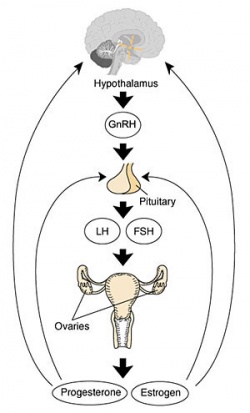
|
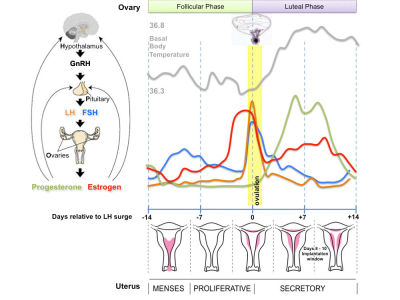
|
Male
- begins at puberty, continuous production of spermatozoa, release millions of spermatazoa
Ovary
- Paired organs, lying in the peritoneal cavity
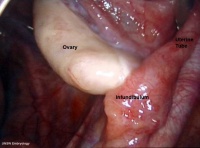
|
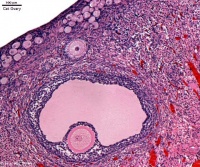
|
Ovulation
- ovulation is the release of the egg (oocyte)
- middle of the menstrual cycle
|
Fertilization
|
|
Early Development
- occurs during week 1 following fertilization
- last menstrual period (LMP) week 3
- mitosis to form solid ball of cells (morula), then hollow ball (blastocyst)
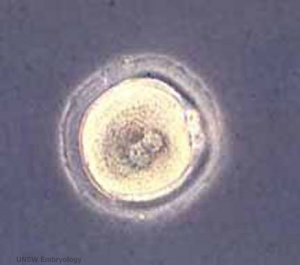
|
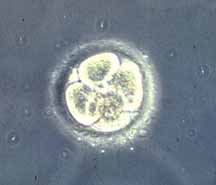
|
|
Week 1 Development
Occurs freely floating in uterus |
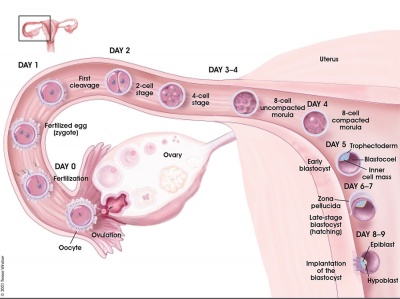
|
Week 2 Development
|
|
|
Pregnancy
Detect Pregnancy
- Clinically can be detected following implantation (week 2)
- Last Menstrual Period (LMP) - today ? ....... Birth Date -
Calculate a new Birth Date (I need to update calculator for 2010)
Gestation Calculation
- First pregnancy (primipara) 274 days, just over 39 weeks
- Subsequent pregnancies (multipara) 269 days, 38.4 weeks
Median duration of gestation assumed from ovulation to delivery
- Historic - Franz Carl Naegele (1777-1851), first rule for estimating pregnancy length
- Current - Ultrasound, the most accurate staging method
Trimesters
- Divide the pregnancy into 3 "blocks" of about 3 months (trimesters)
- First Trimester - embryonic period (organogenesis)
- Second and Trimester - fetal period (growth)
Implantation Sites
Abnormal Implantation
- Ectopic Sites
- external surface of uterus, ovary, bowel, gastrointestinal tract, mesentery, peritoneal wall
- If not spontaneous then, embryo has to be removed surgically
- Uterine - tubal pregnancy (most common ectopic)
Normal Implantation
- Uterine body
- posterior, anterior, superior, lateral (most common posterior)
- inferior implantation - placenta overlies internal os of uterus Placenta Previa
Early Placenta
- interaction between implanting conceptus and uterine wall (endometrium)
- The uterine lining following implantation (Decidua)
- forms 3 distinct regions, at approx 3 weeks
- Decidua Basalis - implantation site
- Decidua Capsularis - enclosing the conceptus
- Decidua Parietalis - remainder of uterus
- uterine cavity is lost by 12 weeks
Placenta
- Materno/fetal organ
- No exchange of blood
- Many different roles and can be "sampled" as part of a prenatal diagnostic test
Embryonic Development
|
|
Week 3
- 3 Key processes commence
| Week 3 |
| Page | Play |
Gastrulation
- the formation of the 3 layer embryo (trilaminar embryo)
- All tissues of the body are formed from these 3 embryonic tissue layers (germ layers)
- Ectoderm (epithelium)
- Mesoderm (connective tissue)
- Endoderm (epithelium)
- simplified explanation of the 3 layer contributions
Ectoderm
- forms the central and peripheral nervous system and epithelium of the skin
Endoderm
- forms gastrointestinal tract organs and the epithelium of the gastrointestinal and respiratory tracts
Mesoderm
- forms the body connective tissues: blood, bone, muscle, connective tissue skin, gastrointestinal and respiratory tracts
Somitogenesis
- segmentation of the mesoderm
- forms the axial body plan
Neuralation
- segmentation of the ectoderm
- separates the neural tissue from the skin (epidermis)
Week 4
- heart formation (cardiogenesis)
- first functioning organ
Week 4-8
- early development of the other organs, tissues and limbs
Fetal - Week 9 - 38
- Fetal Period - Second and Third Trimester
- Continuing growth and differentiation of organs formed in embryonic period
- some organs have a later development - neural, genital, respiratory, bones
- some continue to develop after birth - neural, cardiovascular, genital, respiratory, bones
Second Trimester
- growth in size, length
- some organs begin to function
- endocrine release hormones important for fetal development.
- ossification, cartilage converted to bone.
- neural growth
- external genital development
Third Trimester
- growth in size, length and weight.
- some organs complete development, respiratory, testis descent
- Links: Fetal Development | Second Trimester | Third Trimester
Birth
|
Maternal Birth Stages
|
Newborn
Newborn (perinatal) needs to activate many systems and establish independent regulation (homeostasis)
- Lung function - Fluid drainage, Gas exchange, muscular activity
- Circulatory changes - Closure of 3 vascular shunts
- Thermoregulation - metabolic rate, fat metabolism
- Nutrition - gastrointestinal tract function, peristalsis
- Waste - kidney function
- Endocrine function - loss of placenta, maternal hormones
Critical Periods of Development
Abnormal Development
Three main causes:
- Genetic
- Environmental
- Unknown
- First trimester most critical
- Different effect depending on time of insult (teratogen)
Diagnosis
- Prenatal diagnosis - number of different techniques (non-invasive, invasive) for determining normal development
- Neonatal diagnosis (APGAR test, Guthrie test)
- Maternal diagnosis - often pregnancy will expose maternal health problems
- Gutherie card icon.jpg
Gutherie card
Revision Notes
- You don't need to know everything today, its an introduction.
- Don't confuse "germ cell layers" (ectoderm, mesoderm, endoderm) with "germ cells" (egg, spermatazoa).
- Remember the difference between "clinical weeks" (last menstral period, GA) and "embryonic weeks" (from fertilization, 2 weeks later).
- Revise meiosis and the difference between mechanism and timecourse for oogenesis and spermatogenesis in generating haploid gametes.
- With abnormalities, think about the types of prenatal dianostic techniques that are now available, the 2 major types (genetic and environmental) and the effect of maternal age/lifestyle.
Glossary Links
- Glossary: A | B | C | D | E | F | G | H | I | J | K | L | M | N | O | P | Q | R | S | T | U | V | W | X | Y | Z | Numbers | Symbols | Term Link
Cite this page: Hill, M.A. (2024, April 27) Embryology Pre-Medicine Program - Embryology. Retrieved from https://embryology.med.unsw.edu.au/embryology/index.php/Pre-Medicine_Program_-_Embryology
- © Dr Mark Hill 2024, UNSW Embryology ISBN: 978 0 7334 2609 4 - UNSW CRICOS Provider Code No. 00098G

